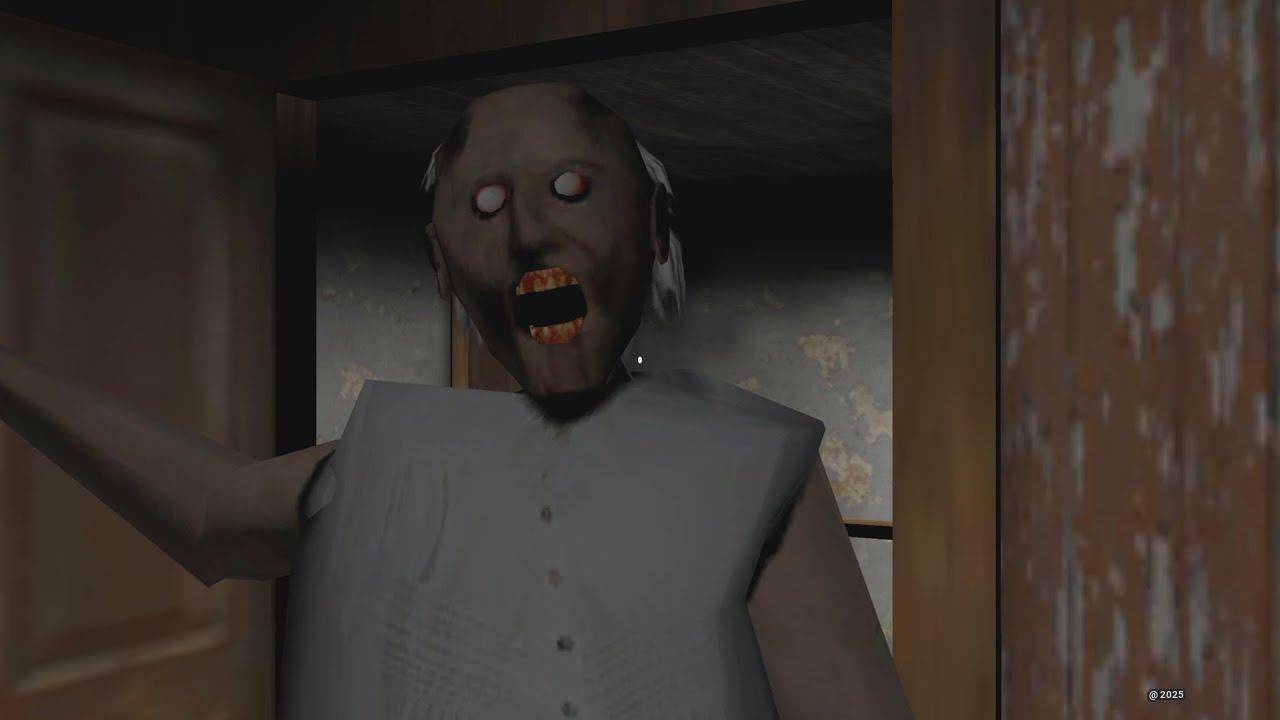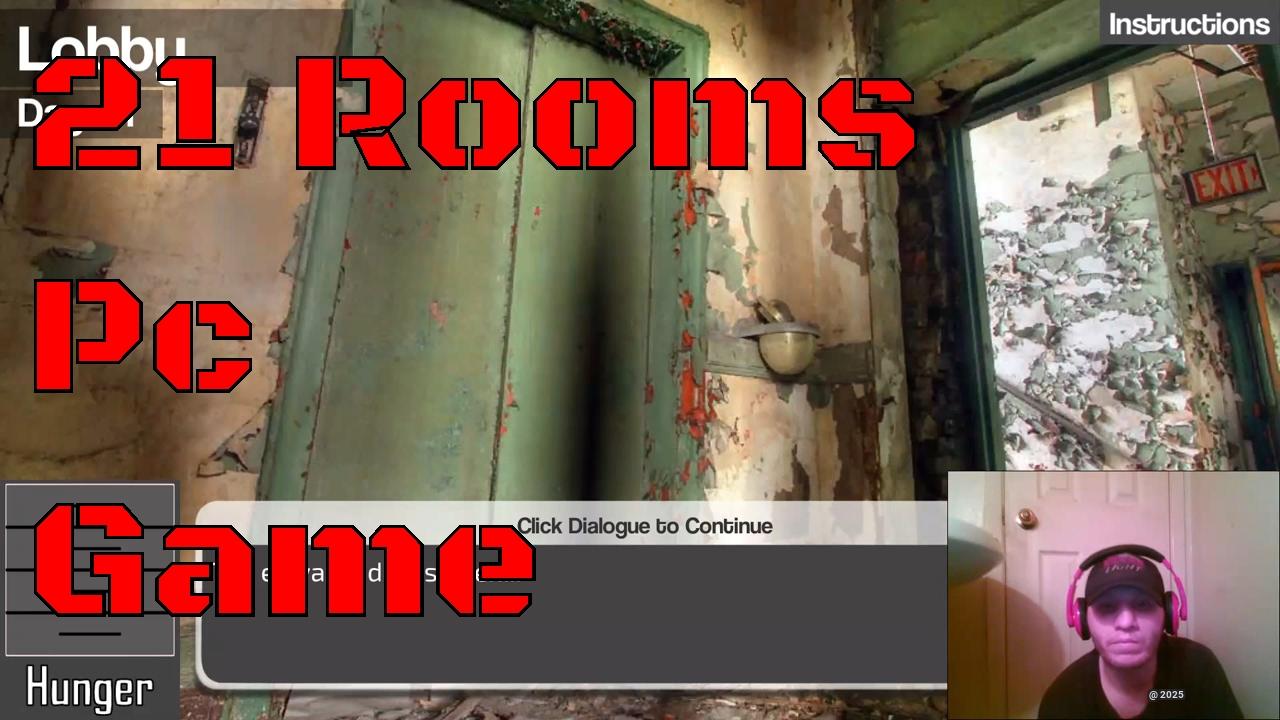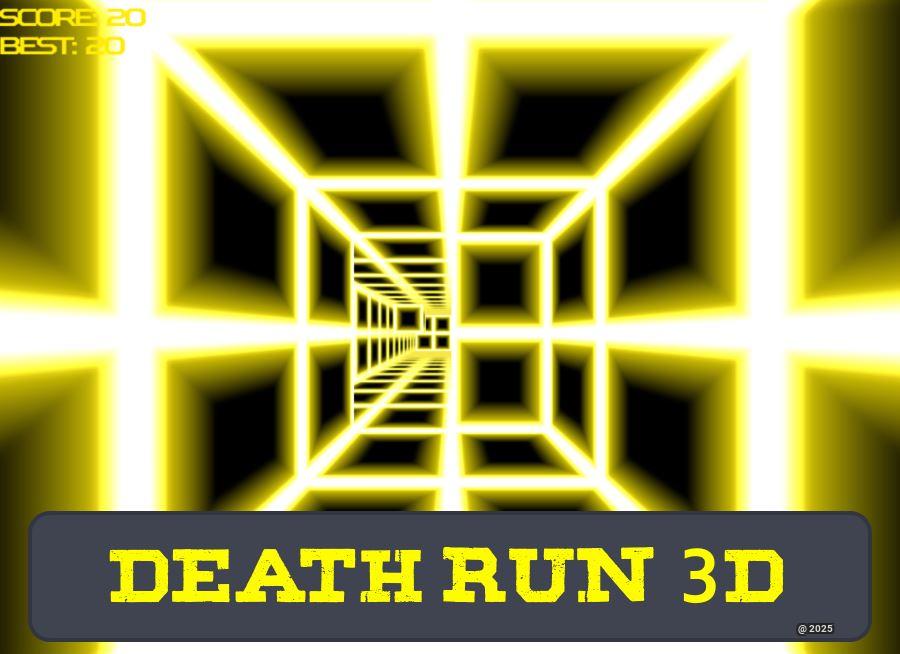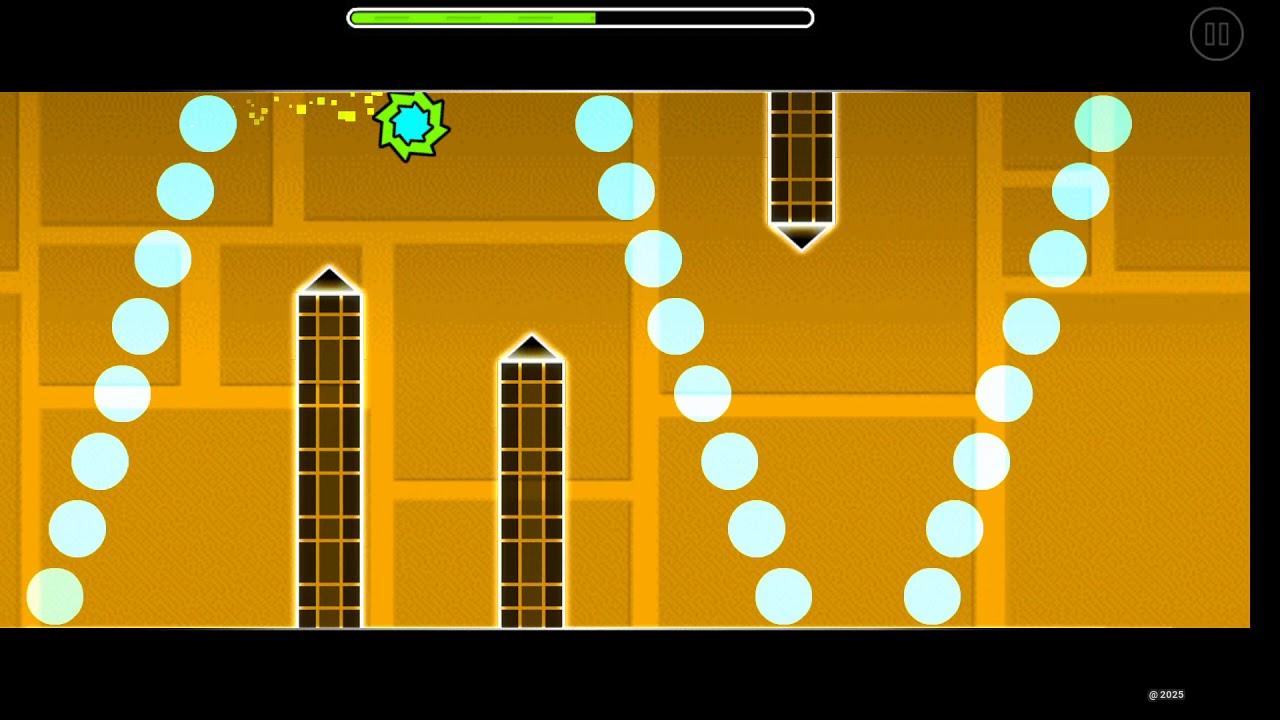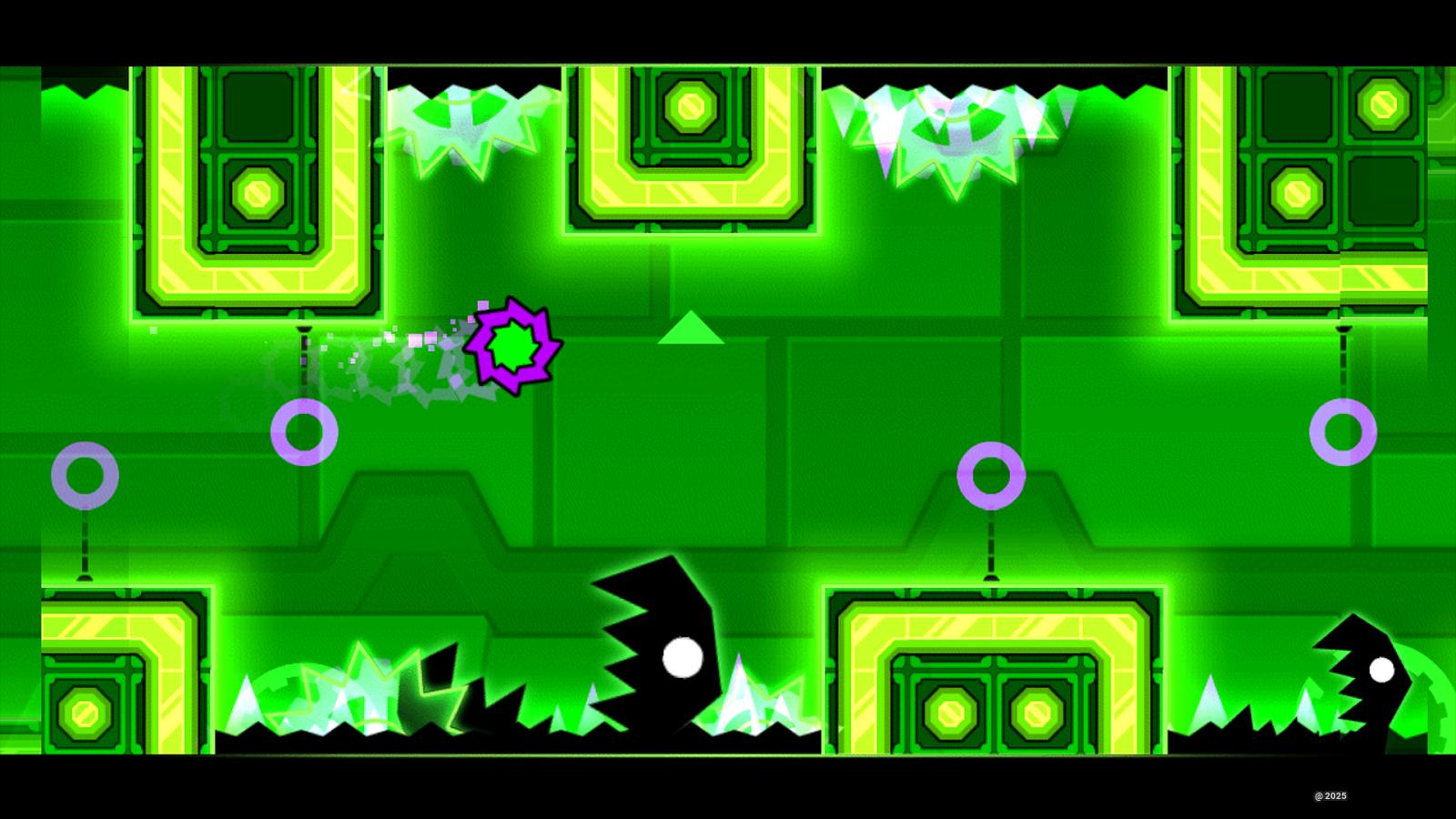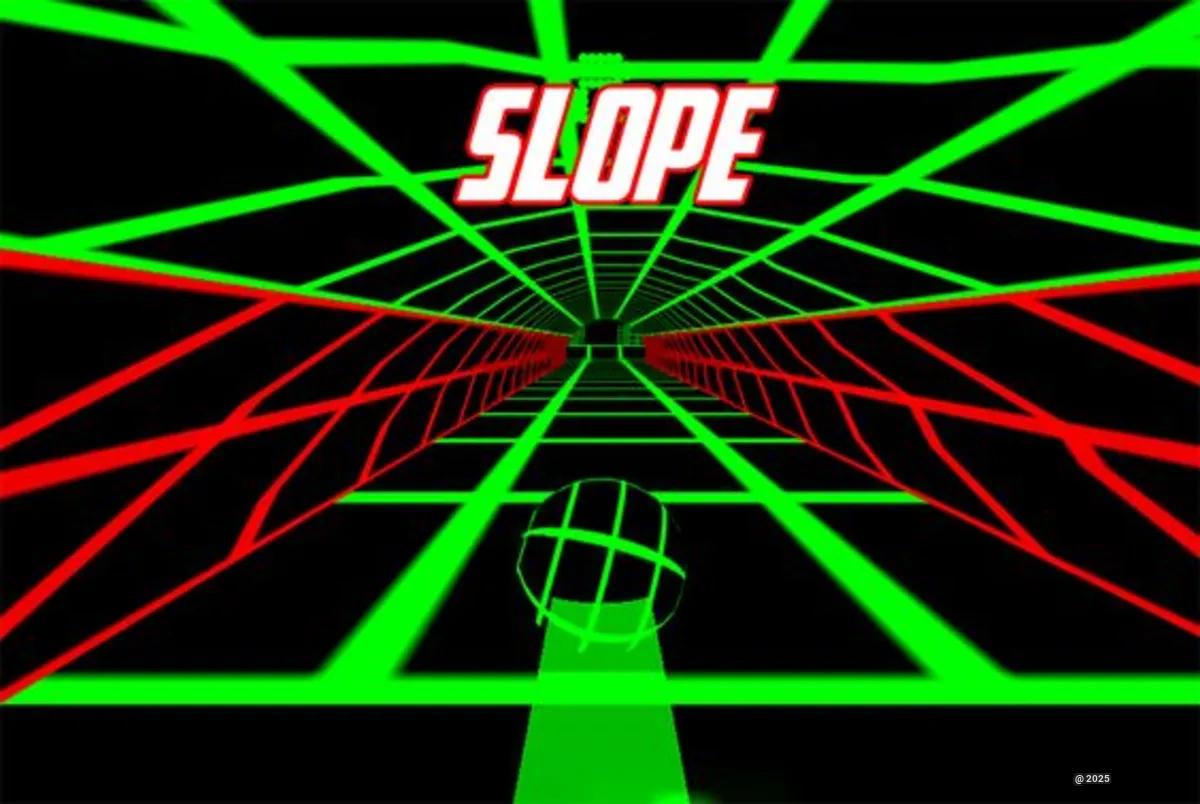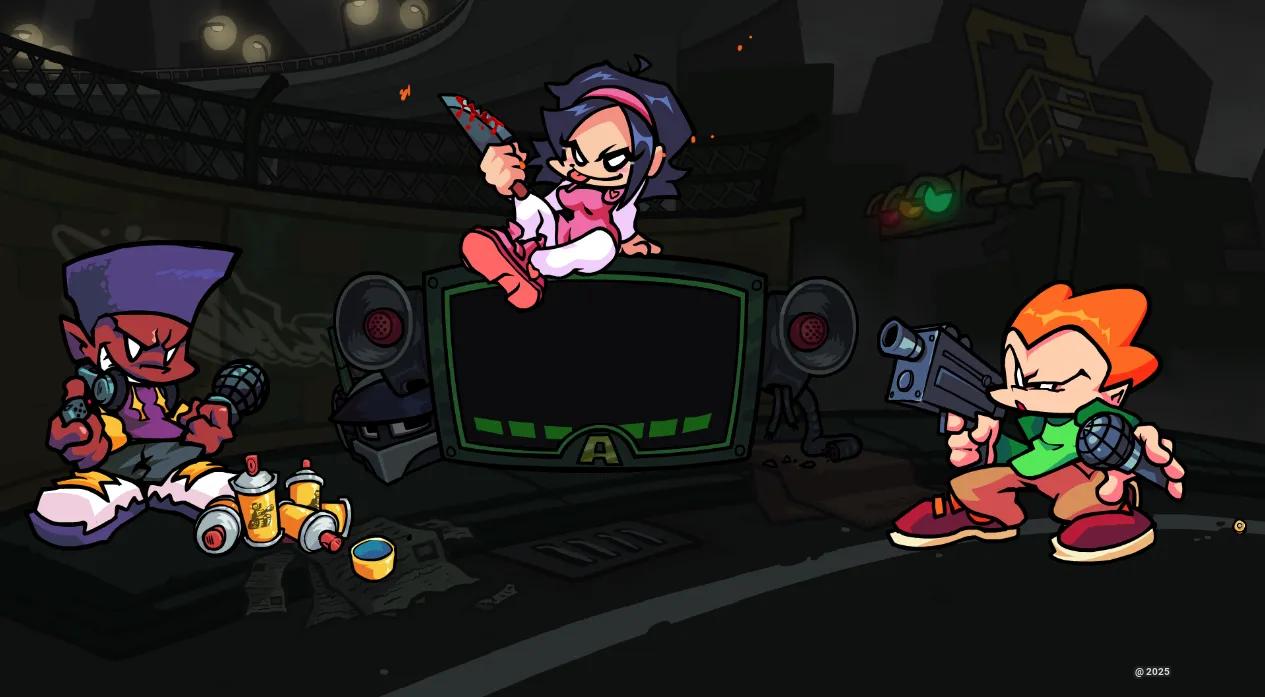The Demon Killer (鬼殺し) presents a fascinating tactical trap in shogi that challenges traditional opening principles. This aggressive move sequence, where Black deliberately restricts their own bishop’s mobility, exemplifies the depth of strategic deception in Japanese chess.
The name itself carries weight in shogi circles - 鬼殺し (onigoroshi) translates literally to “demon slayer,” reflecting the move’s potential to devastate unprepared opponents. Unlike standard opening theory that emphasizes piece development and board control, the Demon Killer intentionally appears to violate these principles by blocking the powerful bishop’s diagonal path with a knight advance.
This counter-intuitive approach serves as a prime example of shogi’s tactical richness. While seemingly limiting Black’s own position, the move sequence creates subtle traps that can quickly punish White’s natural responding moves. The beauty of the Demon Killer lies in this tension between apparent self-restriction and hidden attacking potential.
For both beginning and intermediate shogi players, understanding this opening trap offers valuable insights into the game’s strategic depth. It demonstrates how apparent violations of basic principles can mask powerful tactical opportunities, making it an essential pattern to recognize whether planning to execute or defend against it.
Introduction to Demon Killer: Unveiling the Shogi Trap
You know that rush when you perfectly time a trap in Five Nights at Freddy’s? That’s exactly how it feels to pull off the Demon Killer trap in shogi! I’ve spent years studying this fascinating move, and let me tell you - it’s pure tactical genius.
The Demon Killer (鬼殺し, onigoroshi) isn’t just any ordinary chess move. Think of it like setting up an elaborate trap for animatronics, but on a shogi board. Your left knight becomes the star of the show, making what seems like a weird move by blocking your own bishop’s path. But that’s exactly what makes it brilliant!
| Basic Elements | Key Features |
|---|---|
| Initial Move | Left knight advance |
| Main Pieces | Knight, Bishop, Rook |
| Strategic Goal | Opponent trap |
Historical Origins of Demon Killer in Japanese Shogi
Back in the golden age of shogi, players were always looking for new ways to catch opponents off guard. The birth of Demon Killer reads like an epic tale from Japan’s rich gaming history. I’ve traced its roots through countless historical matches and ancient shogi texts.
Picture this: It’s the Edo period, and shogi masters are huddled in dimly lit rooms, perfecting what would become one of the most feared trap openings. They named it “鬼殺し” (onigoroshi) - literally “demon killer” - because of how ruthlessly it destroyed unprepared opponents.
“The Demon Killer opening represents the perfect blend of aggression and deception in shogi” - Legendary shogi master Yoshiharu Habu
Strategic Analysis: Why Demon Killer is a Game-Changer
Let’s break down why this move rocks the shogi world. First, it’s all about psychology - just like in FNAF, where anticipating your opponent’s moves is crucial. The Demon Killer works by making your opponent think they’ve got the upper hand.
What makes it truly special? Here’s my analysis based on years of study:
- It creates multiple threats simultaneously
- Forces opponents to react defensively
- Opens unexpected attack angles
Think of it as setting up a chain reaction. Each piece placement builds tension until - SNAP! - the trap springs shut.
Step-by-Step Guide to Executing the Demon Killer Move
- Position your left knight forward
- Seem to “accidentally” block your bishop
- Wait for opponent to take the bait
- Spring the trap with coordinated piece movement
Final Words
The Demon Killer stands as a masterful example of tactical deception in shogi. This crafty opening sequence, where Black strategically restricts their bishop’s movement with a knight advance, showcases the incredible strategic depth of Japanese chess. While it seems to go against basic opening principles, the Demon Killer creates powerful attacking opportunities that can catch opponents completely off guard.
Named 鬼殺し (onigoroshi), meaning “demon slayer,” this tactical pattern teaches players that apparent positional weaknesses can mask deadly attacking potential. The move’s genius lies in its ability to lure opponents into a false sense of security before springing its trap. For shogi players at any level, mastering the Demon Killer reveals how breaking conventional rules thoughtfully can lead to devastating tactical advantages.
The next time you sit down at a shogi board, watch for this cunning trap. Whether executing it or defending against it, the Demon Killer reminds us that the most powerful moves often come disguised as apparent mistakes. This remarkable opening continues to fascinate players and demonstrates why shogi remains such a rich tactical battleground centuries after its creation.




